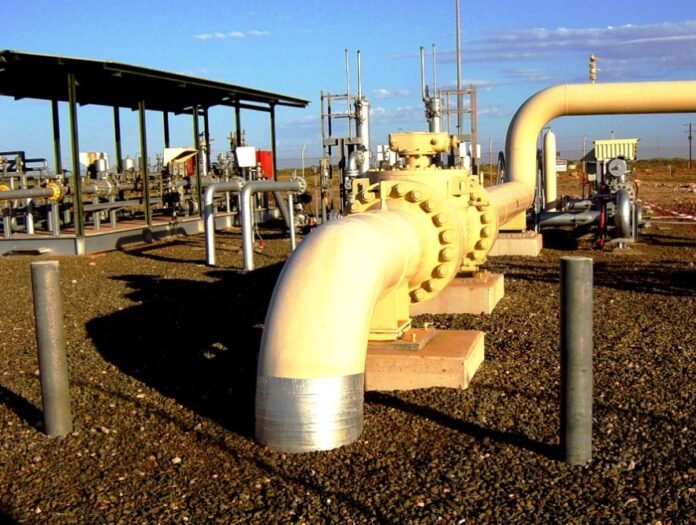Senegal has announced plans to commission its first national gas pipeline by 2027. Energy, Petroleum, and Mines Minister Birame Soulèye Diop confirmed the progress during a briefing in Dakar.
The planned 400-kilometer network is divided into five strategic segments designed to serve different regions. These include an 85-kilometer northern link between the GTA hub and the Gandon power plant, a 99-kilometer “blue” segment connecting Mboro to Cap des Biches, and a 45-kilometer “orange” corridor tying Sendou to Malicounda. Additional components include a 17-kilometer “red” line and a 110-kilometer “green” segment that will integrate the northern and southern sections of the grid.
READ: Chad, Axian Energy ink MoU for 100MW solar-storage project
National gas pipeline
Developed by the state-owned Réseau Gazier du Sénégal (RGS), the landmark infrastructure project that will channel natural gas from the country’s offshore reserves to homes, industries, and power producers carries a price tag of 650 billion CFA francs (about US $1.15bn).
The project comes on the heels of major offshore discoveries, including the Yakaar–Teranga and Greater Tortue Ahmeyim (GTA) fields, which have positioned Senegal as an emerging player in the regional gas landscape. Once operational, the pipeline will form the backbone of a nationwide supply system aimed at reducing energy imports, stabilizing electricity production, and supporting industrial growth.
Minister Diop underscored the profound impact the project could have on national development, noting that the gas reserves in Yakaar and Teranga are sufficient to satisfy long-term domestic demand.
By providing a reliable and affordable energy source, he said, the pipeline will directly support households and accelerate economic transformation. Once completed, the national gas pipeline is expected to be a defining milestone in Senegal’s pursuit of energy sovereignty and its ambition to become a regional energy hub.





